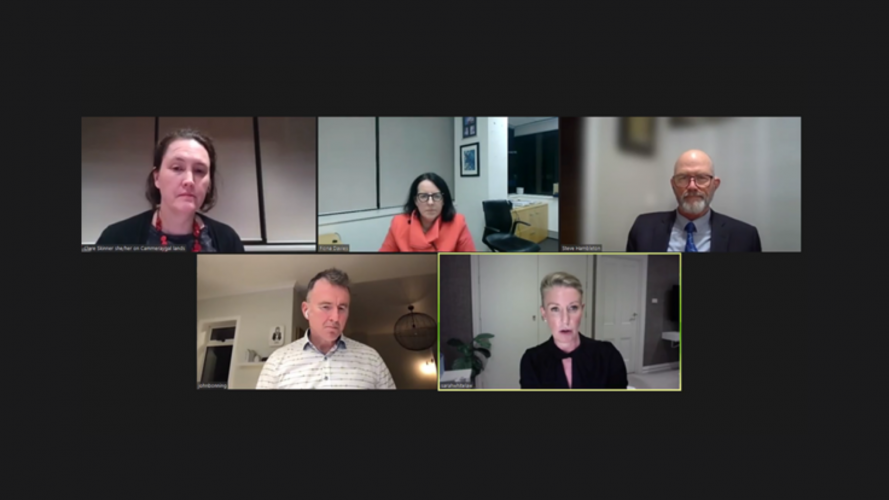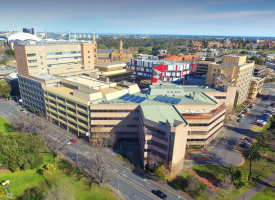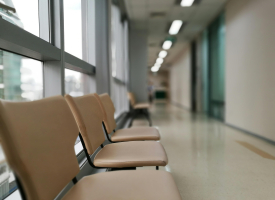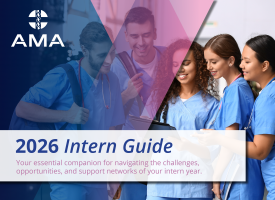How to fix our public hospitals
Emergency departments in every Australian state and territory are in crisis, but the solutions require reform across the entire health system. A panel of front-line experts discussed this ‘burning platform’ on the first evening of NatCon.

Emergency departments in every Australian state and territory are in crisis, but the solutions require reform across the entire health system. A panel of front-line experts discussed this ‘burning platform’ on the first evening of NatCon.
Pressure on the acute hospital system is usually attributed to an ageing population, rising incidence of chronic disease with an onset age that is decreasing. Australia also has a residential aged-care sector that is not adequately staffed to provide clinical care to elderly residents for minor injuries and conditions. But these factors do not fully explain the increase in patients presenting in emergency departments.
NatCon explored this ‘burning platform’ in a webinar with a panel comprising front-line ED physician and Vice President of AMA Victoria Dr Sarah Whitelaw; ACEM President-elect Dr Clare Skinner; Past President of the AMA Dr Steve Hambleton; and Dr John Bonning. This session was chaired by CEO of AMA NSW, Fiona Davies.
As Dr Skinner put it, general practice and emergency departments sit at ends of a spectrum of patient care. It is not about GPs referring patients to emergency departments unnecessarily, but about overcoming silos. Nor is it just about capacity, and infrastructure. It is also about flow of patients through the system. This includes better transition from hospital back to primary health care.
Dr Bonning, who is expert advisor to the NSW Coroner and Health Safety Commissioner, sees a lot of reports recounting patient morbidities due to overloaded systems. He cited the example of a patient who died in an ambulance outside the Northern hospital in May – right outside a “lovely, beautiful, new, shiny building.” He said, “The hospital has 96 beds. They had staff for ten of them … While I was there, ambulances were stacked down the road, and there was a cardiac arrest of a ramped patient.”
The panel agreed on the need for a new way of funding, rather than the current arrangements between federal and state/territory jurisdictions.
Dr Whitelaw said, “The acute system actually discourages us from doing exactly what we need to do.”
“The National Health Reform Agreement and current focus solely on activity-based funding prevents us from exploring those integrated models of care that we know needs to happen [as well as] treating those patients as system patients – our patients – and working together to work out how to care for them better,” she said.
Dr Hambleton remarked, “In many circumstances, the outcomes from one health sector can only be modified or measured in another sector. So it is one health system, it does need to be one health system.”
“We need the funding and the governance structures to make it happen, and it’s not what we’ve got today. Right now, we have the perfect outcome for the system we’ve got – and we don’t want it,” he said.
The AMA’s Vision for Australia’s Health describes the reforms needed.
NatCon continues Friday evening and Saturday. Register here.



